Strolling through the streets of Shenzhen, China, I realised one thing: the city has a different vibe than any other I have visited. Shenzhen is a modern city with technology is deeply ingrained in its cultural fabric, giving me the sense that I was walking through a city of the future. While roaming the city last week, I walked past a Huawei flagship store in Shenzhen’s MixC World shopping mall and couldn’t resist stopping by. There, along with the smart cars giving Elon Musk’s Tesla a run for its money, I saw the Mate XT, the world’s first tri-fold smartphone. Outside China, this device costs a staggering $4088 at today’s exchange rate. That’s a lot of money for a smartphone. But the Mate XT isn’t an ordinary phone, in fact, it is anything but as I found during my limited hands-on at two different Huawei store locations last week.
You may have seen a foldable phone before, and even used one. But the Mate XT feels like the next phase of where foldables might go, way beyond the book-style foldables with a single hinge available now.
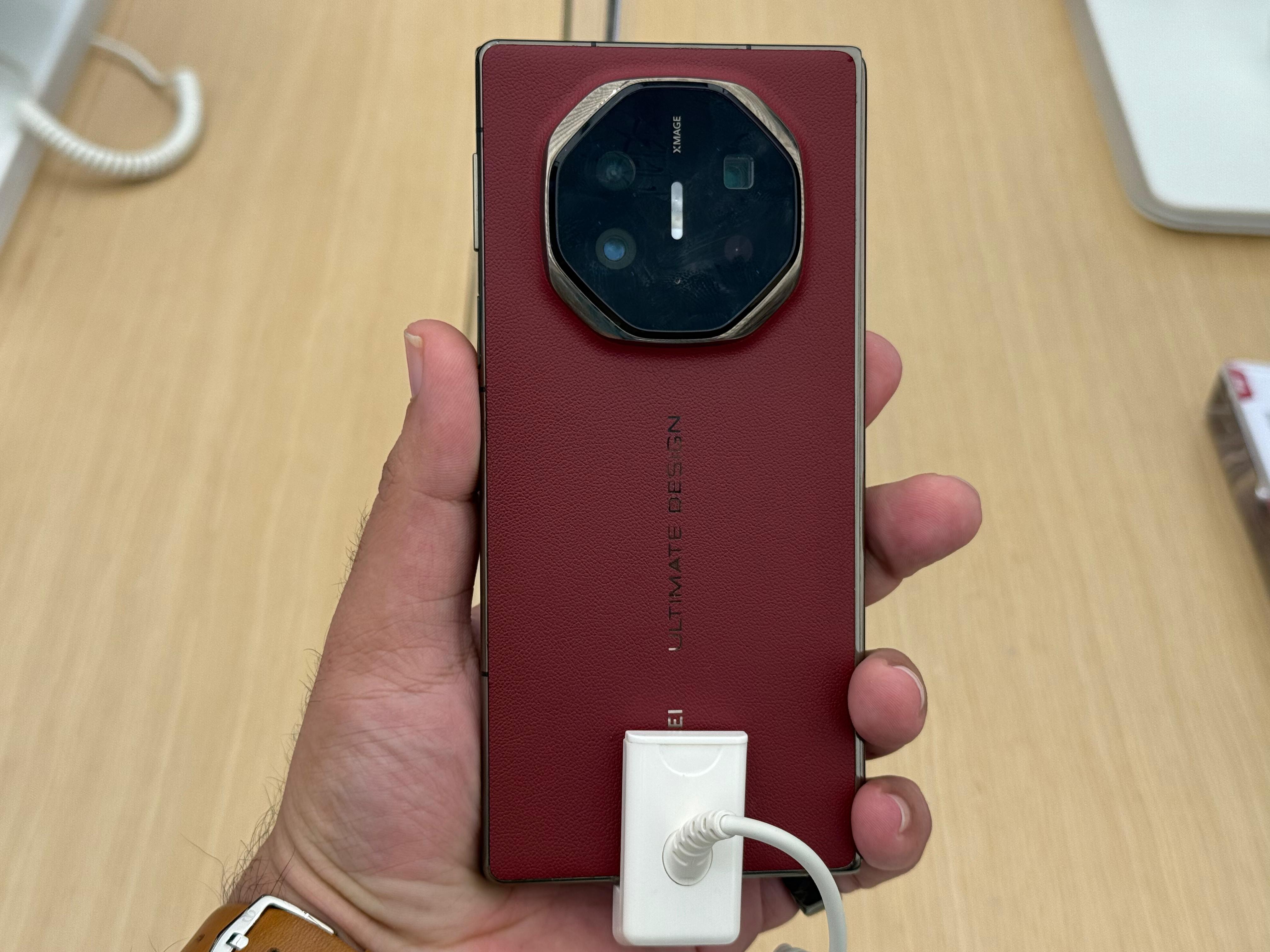 The Mate XT has a 50-megapixel camera, a 50-megapixel ultrawide-angle camera, 12-megapixel ultrawide-angle camera and a 12-megapixel pericope-style telephoto camera.(Image credit: Anuj Bhatia/Indian Express)
The Mate XT has a 50-megapixel camera, a 50-megapixel ultrawide-angle camera, 12-megapixel ultrawide-angle camera and a 12-megapixel pericope-style telephoto camera.(Image credit: Anuj Bhatia/Indian Express)
When I first picked up the Mate XT, it felt like a regular slab-like smartphone. The 6.4-inch screen stretches from edge to edge, dominating the front. I would say that when the phone is fully closed, it feels a bit chunky but still one you can fit in the pocket. However, when you open the phone, and then open it again, it transforms into a 10.2-inch tablet, thanks to its three folding layers.
At first, it feels surreal to open the Mate XT. I had never seen a phone like this before. I must admit, I was a bit nervous about breaking the screen or the hinges, but once I figured it out, it was simply brilliant. Unlike the Galaxy Z Fold 7 or any other book-style phone, the Mate XT opens in a completely different way. It has multiple segments, each unfolding in a different direction, with the three segments held together magnetically when closed. Despite its complex design, the phone feels remarkably sturdy. That’s why I visited several Huawei stores just to try the device for myself.
The device may be thicker than your average smartphone, but it’s impressively thin and light compared to a 10-inch tablet. Of course, this is very subjective, and opinions may vary from person to person.
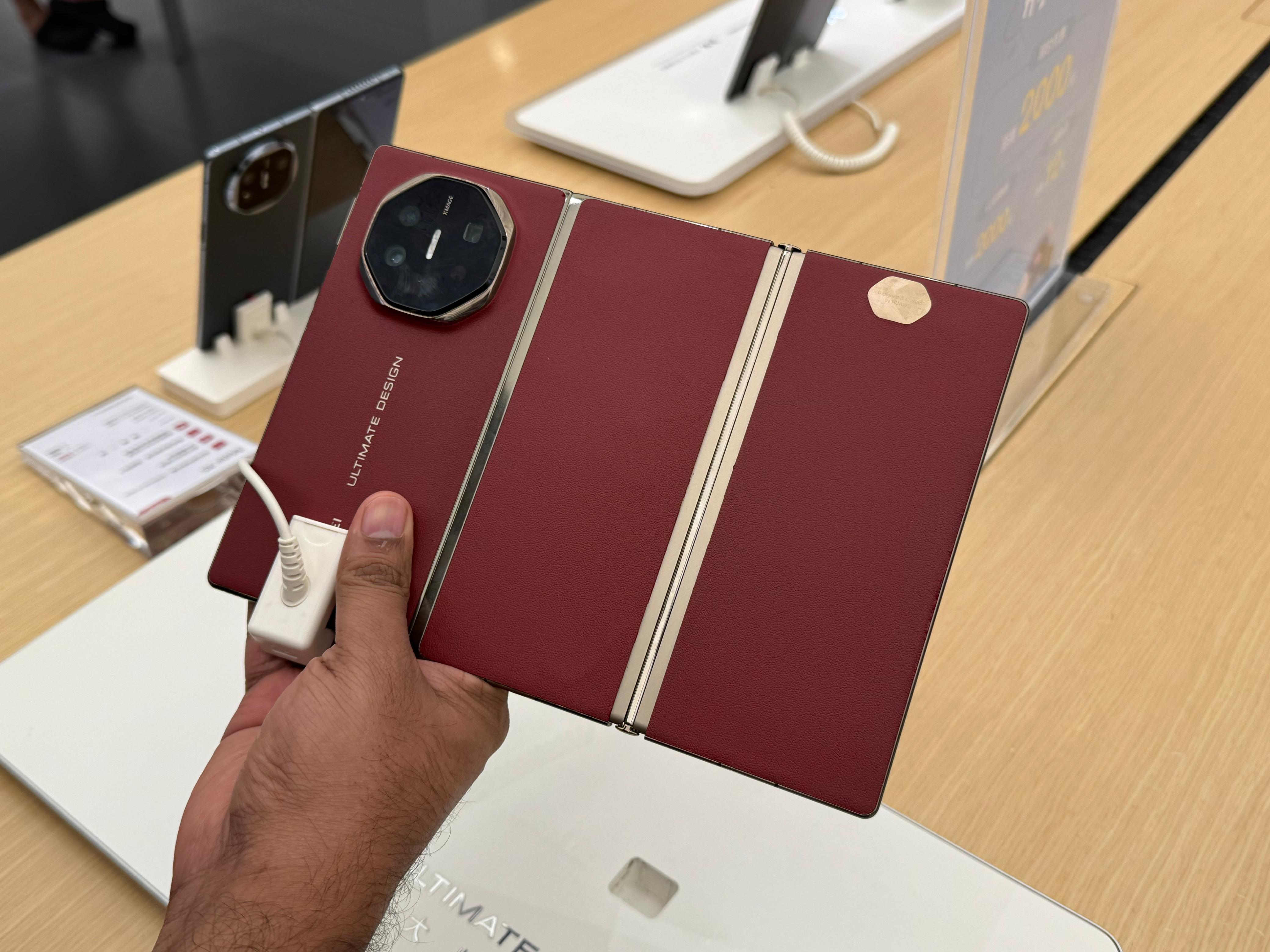 The Huawei Mate XT is the first trifold phone anyone can actually buy. (Image credit: Anuj Bhatia/Indian Express)
The Huawei Mate XT is the first trifold phone anyone can actually buy. (Image credit: Anuj Bhatia/Indian Express)
Turn it to the side or look at it from the top, and you can see the accordion-like design that sets this phone apart from the iPhone or any other smartphone. The display also has two subtle creases running down the screen, similar to other foldables. However, when I watched a video in the store under controlled lighting and settings, the creases were barely visible.
No matter what others say, the Mate XT is not a one-handed device. When closed, its three stacked layers increase the thickness to 12.88 millimeters. Ideally, you need to operate the phone with two hands most of the time.
Story continues below this ad
Doubles as a 10-inch tablet
The big question is: what would you do with a tri-fold smartphone? With its inner screen measuring 10.2 inches diagonally, it can be used as a tablet: not just a mini tablet, but a full-fledged one that you can carry wherever you go. Pair it with a Bluetooth mouse and keyboard, and you are good to go; you can start using it as a computer. Even if the setup is basic, I would still want to give it a shot as long as my needs are met.
 The Mate XT is an engineering marvel, a demo smartphone that belongs to the future. (Image credit: Anuj Bhatia/Indian Express)
The Mate XT is an engineering marvel, a demo smartphone that belongs to the future. (Image credit: Anuj Bhatia/Indian Express)
Content consumption is the biggest use case for a device like this, just as it is for existing foldables. Beyond watching videos on a nicer 10.2-inch screen, I am still not convinced about the software this device is running. Google Mobile Services, which are standard on most Android smartphones won’t be available on the Mate XT. That means no Play Store or Google apps like Gmail and Docs.
I am also unsure if sideloading is even possible, since the device runs on HarmonyOS. Huawei has already announced it’s adopting HarmonyOS Next, which isn’t compatible with Android apps, so I am guessing the next version of the Mate XT might not support Android at all. For me, that’s the biggest sticking point. Because the company is barred from using Android after its smartphone and network gear operations were hit by US sanctions, I really wish the Mate XT was running Android. That’s just my personal take, since I don’t live in China and am not part of that ecosystem. For Chinese consumers, the Mate XT is the ultimate smartphone and there’s no doubt about that.
Powerful specs inside
Inside the Mate XT is the Kirin 9010 processor, a custom chip designed by Huawei. The phone is further backed by 16GB of RAM and 1TB of internal storage. Designing a chip is no small feat, and Huawei has managed to pull it off. However, I am not sure if the Kirin chip powering the Mate XT is as capable as mobile processors from American companies, most notably Qualcomm and Apple. But based on my brief usage, I was able to navigate across apps easily, and I didn’t experience any slowdown.
Story continues below this ad
I would still like to point out that a device like this needs to offer the right software experience. The Mate XT does support apps across its three screens, although I didn’t test this feature myself. However, based on my understanding, the multitasking on this device is quite basic, which suggests that Huawei still hasn’t figured out the optimal user experience needed for the Mate XT. If that is the case, than the Mate XT is no different from any other book-style foldable on the market.
A showcase device, or genuinely practical?
After spending some time with the Mate XT twice, I think the tri-fold smartphone truly showcases Huawei’s R&D muscle. Huawei has nothing to lose at this point, and it stands to gain a lot from the Mate XT. Although the Mate XT is far from being a mass-market product (or rather, a mass premium smartphone), the device demonstrates what Huawei is capable of post-US sanctions and how the company remains committed to smartphones, standing on its own and still going strong.
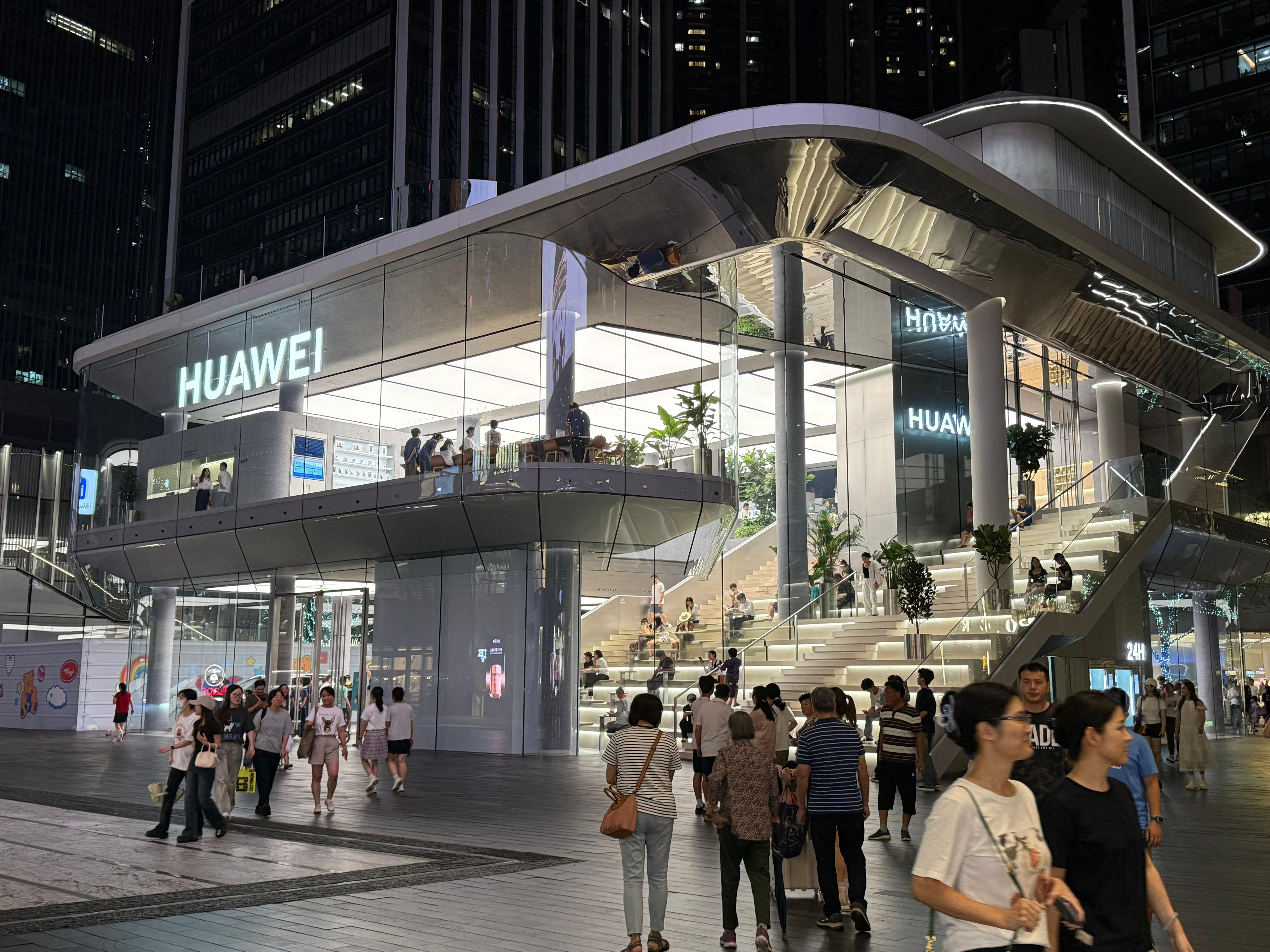 Huawei’s flagship store is located in the MixC World shopping mall in Shenzhen, China. (Image credit: Anuj Bhatia/Indian Express)
Huawei’s flagship store is located in the MixC World shopping mall in Shenzhen, China. (Image credit: Anuj Bhatia/Indian Express)
For me, the Mate XT is a showcase device, and I was genuinely excited to get a brief hands-on experience with it. That said, there are still many questions that need to be answered, mainly around how long the battery will last (the 5,600 mAh battery isn’t much larger than others) and whether the user interface fully takes advantage of the expansive screen. Everything needs to come together to deliver a cohesive experience.
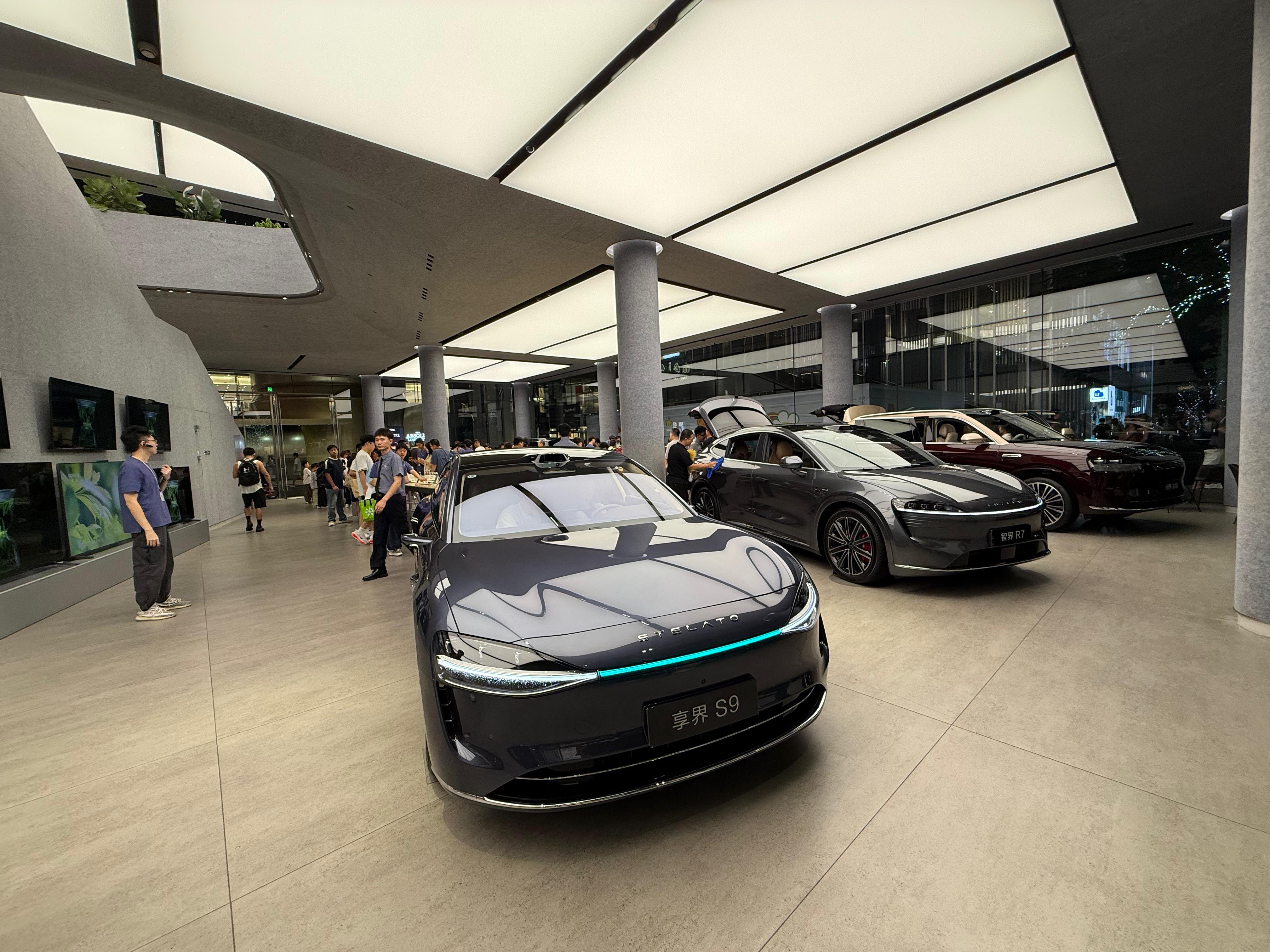 Huawei also sells smart cars in the store. (Image credit: Anuj Bhatia/Indian Express)
Huawei also sells smart cars in the store. (Image credit: Anuj Bhatia/Indian Express)
The hardware of the Mate XT is world-class: no doubt about that. But I do have genuine concerns about the phone’s durability in the long run. Since the front screen doubles as the back when it’s halfway open, there’s a high risk of scratches or damage over time. For now, though, the Huawei Mate XT is a one-of-a-kind smartphone, and if you ask me, it’s pure luxury.

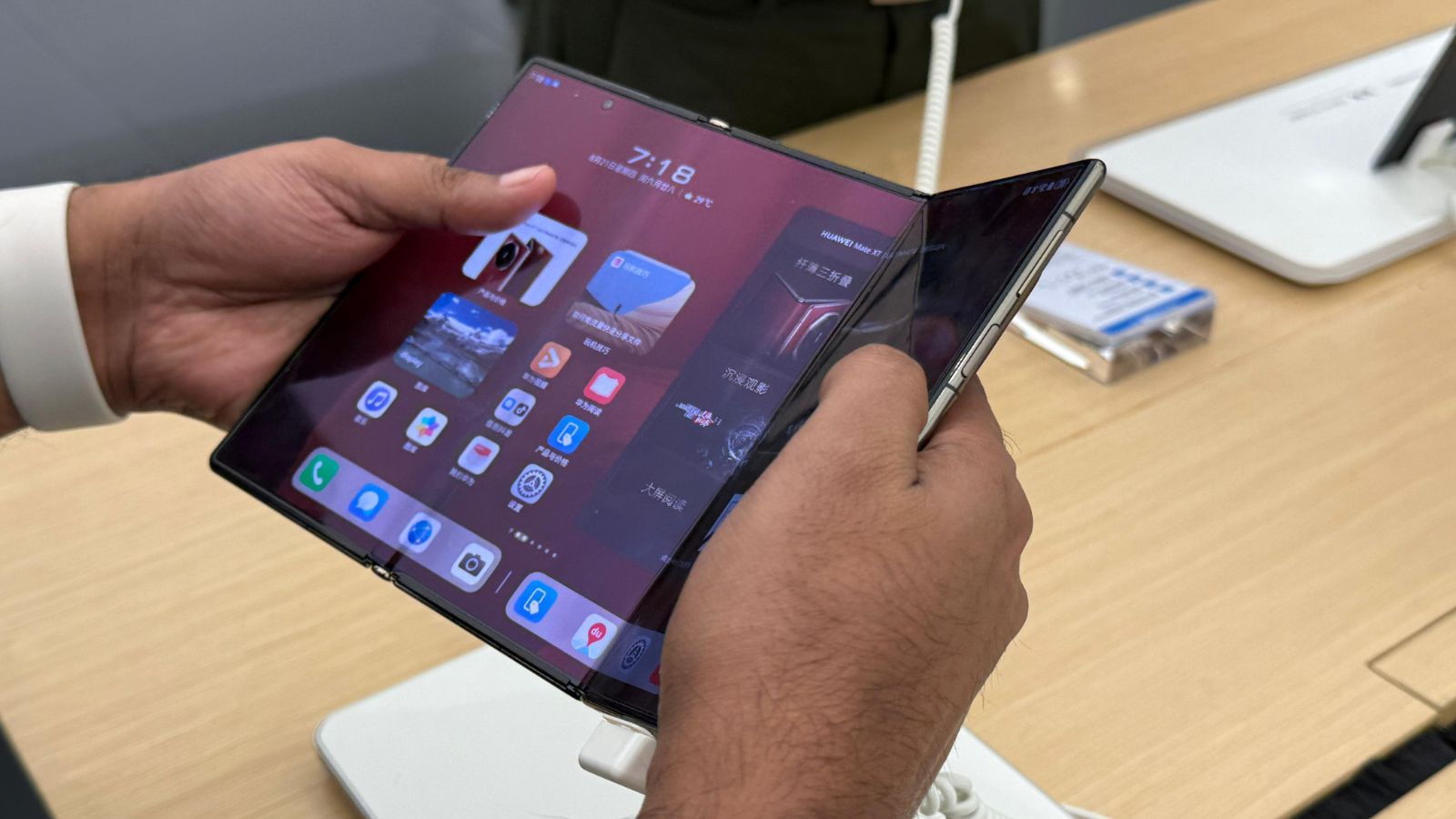


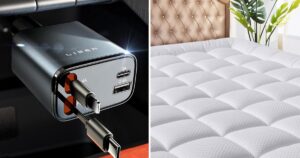
Average Rating